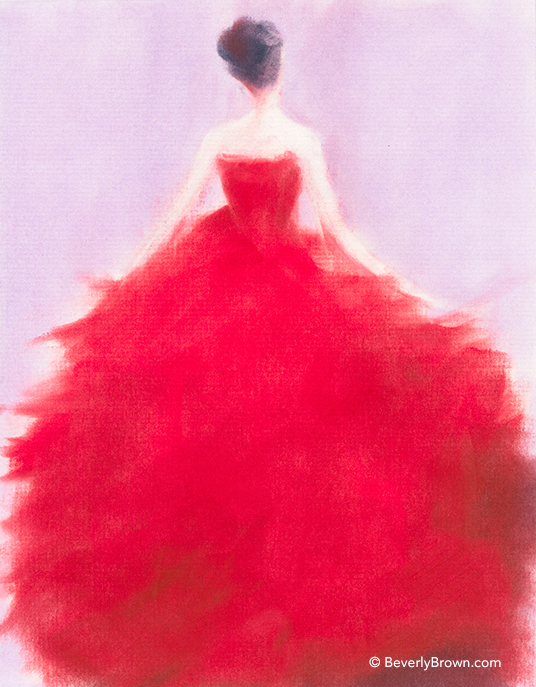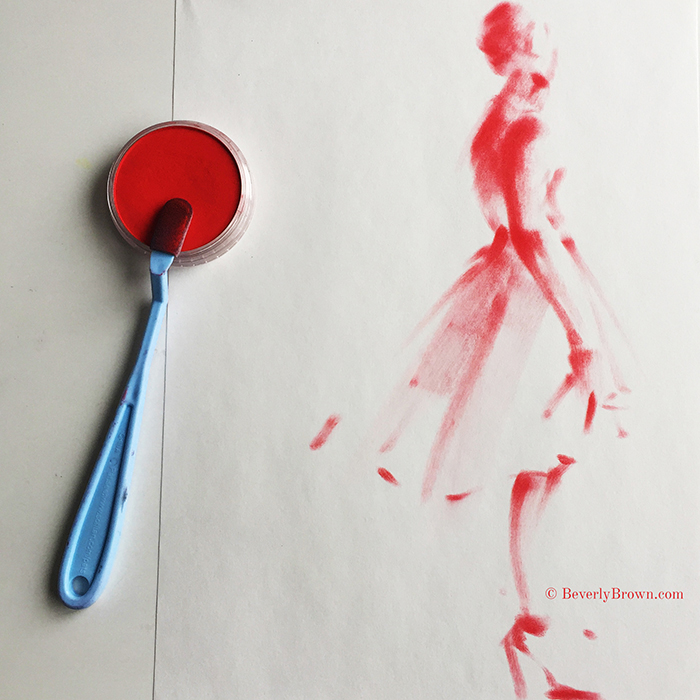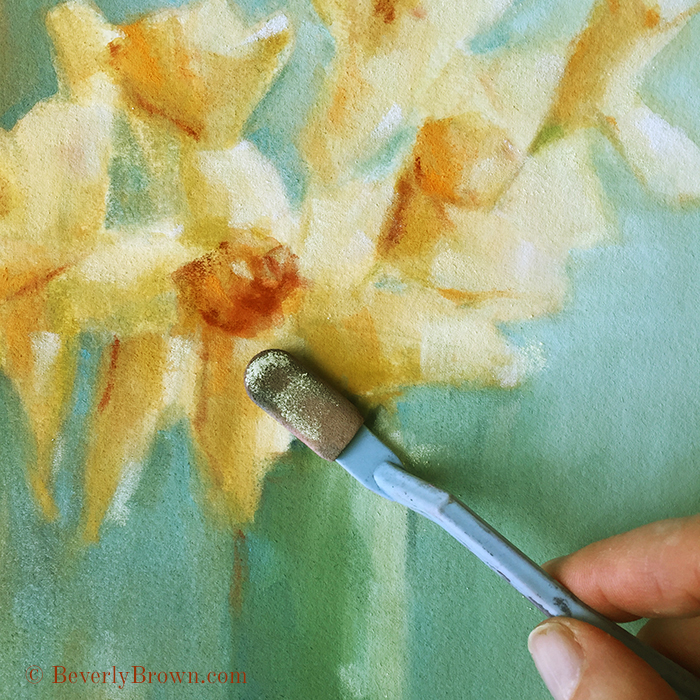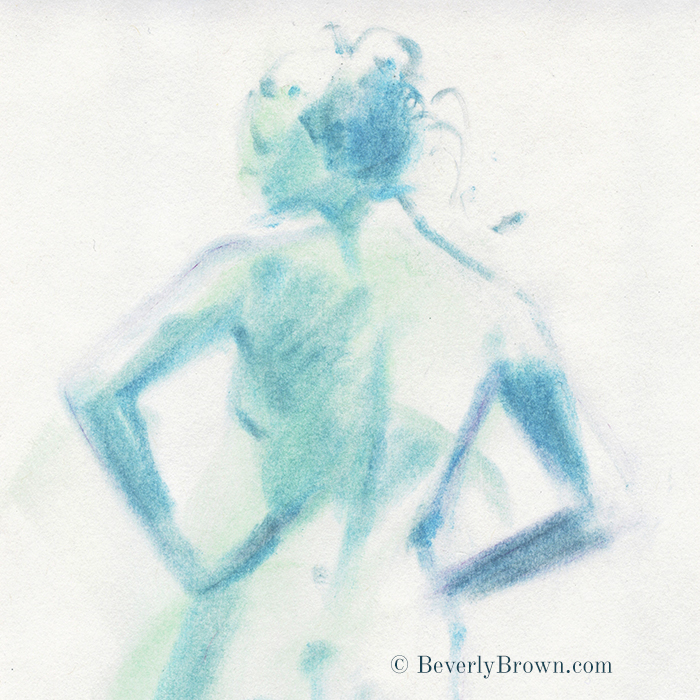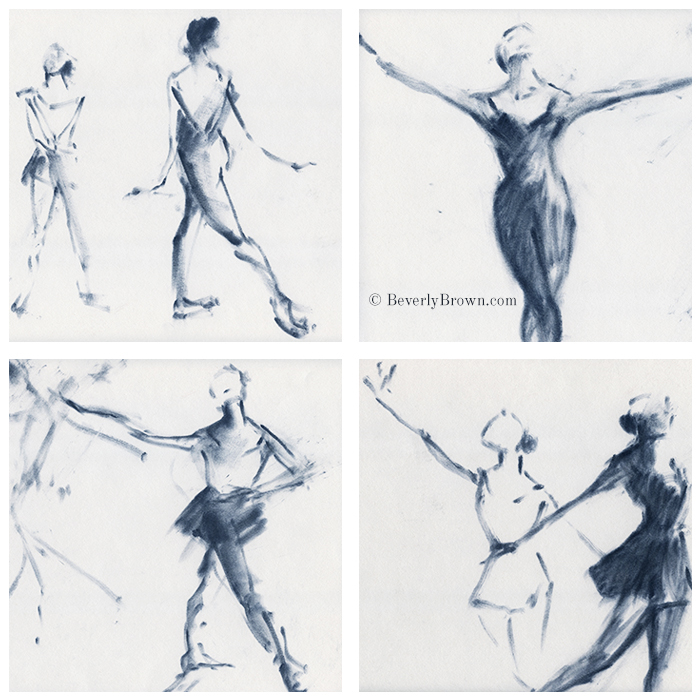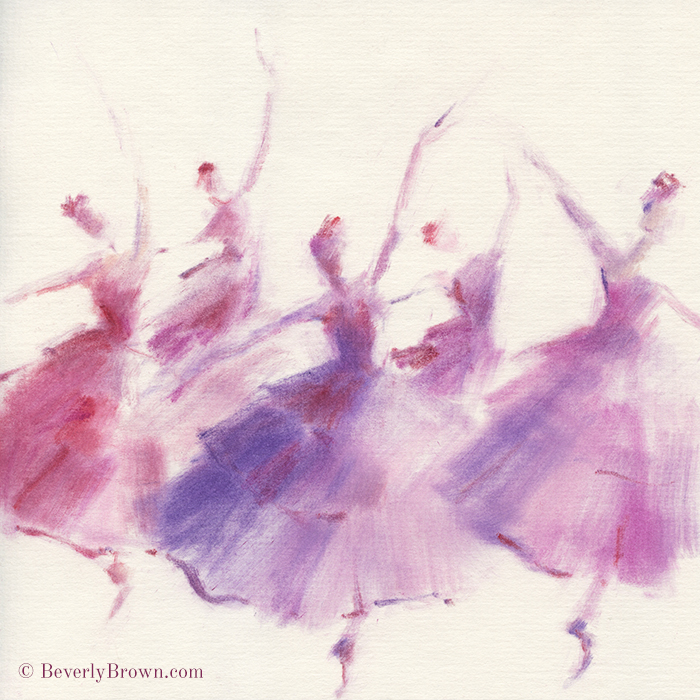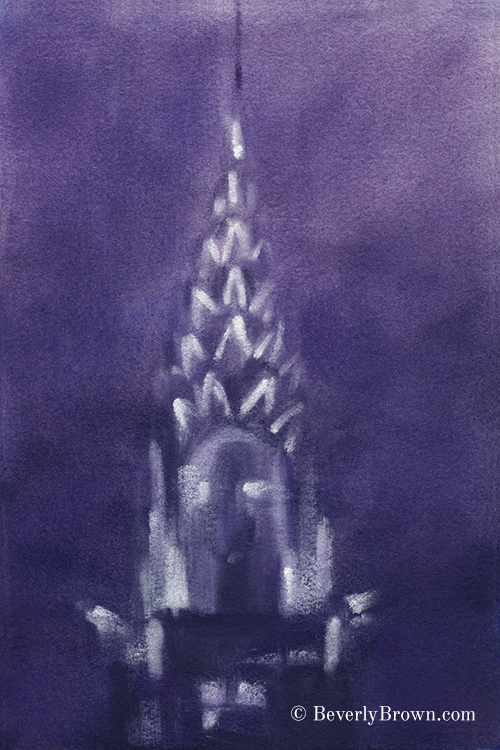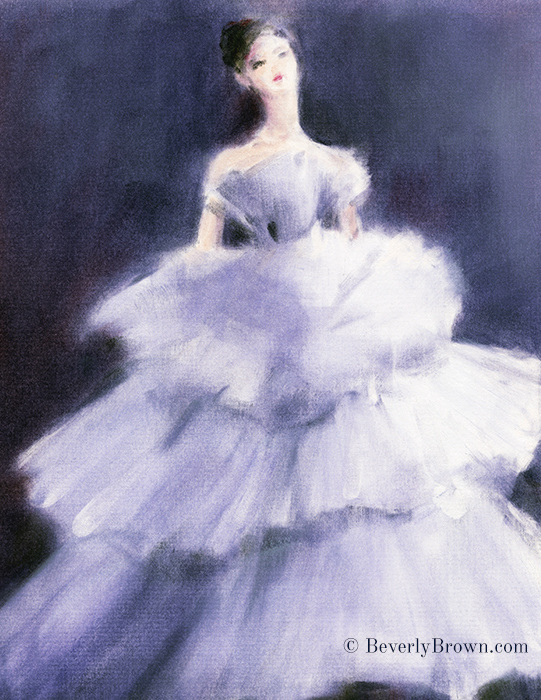Our latest Q&A is with New York City based artist Beverly Brown. We wanted to share her beautiful PanPastel paintings and to find out more about her creative process and why she uses PanPastel. Beverly used PanPastel Colors for all of the work shown below.
Tell us about your background as an artist.
I was fortunate to have an extremely creative mother. She was an artist and encouraged me to pursue my interests. As a kid I took art classes and studied ballet. In college I studied art history and studio art. After graduation, I took photography classes in the evenings while working at a museum during the day. Then I worked as a photographer. This was in the ‘90s when we shot film and printed in darkrooms. It was magic watching an image emerge in the developer. When photography went digital, it didn’t seem as exciting. I found my next direction at an exhibit of watercolor paintings at the Brooklyn Museum. A room of watercolors by John Singer Sargent and Winslow Homer inspired me to sign up for a watercolor class. I took to it immediately. The experience of painting with watercolor is not unlike that of capturing light on film. Both mediums are unpredictable and ephemeral. Watercolor continues to be my focus, but I’m always experimenting. PanPastel has become part of the mix. I also like to sketch on my iPad.
Describe your artwork.
My artwork is about mood, memory, a sense of story. People often describe my images as dreamlike, atmospheric, feminine and ethereal.
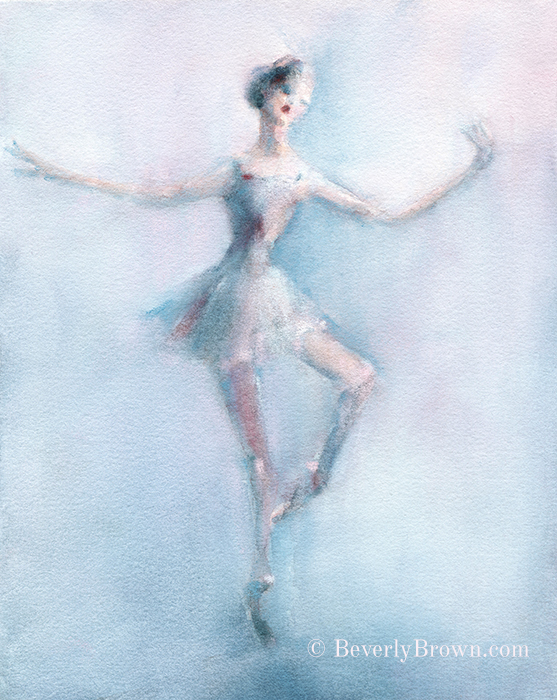 PanPastel on Charcoal Paper.
PanPastel on Charcoal Paper.
Tell us about your creative process and the materials that you use.
I get into the studio early in the morning before the distractions of the day kick in. Usually I have a number of projects going at once. This helps me from getting mired in perfectionism. If I’m stuck, I go to another project then come back to whatever I was struggling with. I also find it useful to switch mediums throughout the process, moving between watercolor, PanPastel and the iPad.
When did you first begin using PanPastel Colors?
About 5 years ago I bought a pan of black PanPastel and a couple of Sofft tools for sketching at live model drawing sessions. The PanPastel had a painterly quality that suited my style. I was able to achieve a luminous tonal range that I couldn’t easily get with pencil or even charcoal. It’s still my preferred sketching tool, although these days I sketch in color.
How do you use PanPastel colors in your work – what is your technique/process for using them?
About a year ago I splurged on a large set of PanPastel colors. That set off a flurry of experimentation that is still ongoing. I was intrigued by its potential for layering. So far, I’ve been applying PanPastel straight to charcoal paper, allowing the texture of the paper to come through. I also like to layer the PanPastel over a watercolor underpainting. This gives the image a depth and luminosity that I couldn’t achieve with either medium on its own. Another thing I’ve done is paint a dark background in watercolor and apply light-colored PanPastel over that.

What surface(s) do you normally use with PanPastel?
I find PanPastel works best on papers with some texture, but nothing too toothy or bumpy. I like applying it directly on Strathmore 300 Series Charcoal paper. If I’m painting over watercolor I use Arches Cold Press 140 lb. Natural White.
What do you see as the main benefits of using PanPastel in your work?
For me, the benefit of PanPastel is that it’s a drawing medium that looks and feels like painting. I’m able to apply color as I would with a paintbrush. Similar to watercolor, it’s richly pigmented and translucent at the same time. I also like that you can erase into it. I often add highlights to my PanPastel drawings using kneaded erasers. And in practical terms, it’s not dusty.
Do you have any tips/techniques to share with other artists who are using PanPastel?
As with any medium, take the time play around and observe its qualities. Experiment with layering and surfaces. Try combining it with other mediums. Take advantage of the fact that PanPastel is rather new. There is no tradition of how it’s supposed to be done. You’re free to create your own thing.
Describe the space/studio where you normally create. (Include a photo if possible).
My studio is in my home, in a modern high-rise apartment building in New York City. It’s usually a little cluttered, but peaceful, with soft light in the morning.
Who / what are your creative inspirations?
I’m fortunate to live in New York City where there is a rich cultural life. Art exhibitions, dance performances, concerts, operas and films often influence my work. One particularly inspiring experience this year was “A Strange New Beauty,” an exhibit of Degas’ experimental monotypes at the Museum of Modern Art. The images were hauntingly beautiful and I loved how he explored this medium so thoroughly, with a sense of playfulness and curiosity.
What excites you most about your life as an artist?
What’s exciting about being an artist is that you are never done. There is no obvious outcome. There is no mastery. There is only the next idea, the next painting, the next project.
What’s the most valuable lesson you have learnt on your journey as an artist?
The most valuable lesson as an artist comes from my training in dance. Dancers are very consistent in their practice. I’m a believer in routine, of keeping a schedule and being prolific. Not in a crazed workaholic way, but in a calm process-oriented way. I aim for a kind of relaxed concentration. Not that I always achieve it, but it’s the state in which I do my best work.
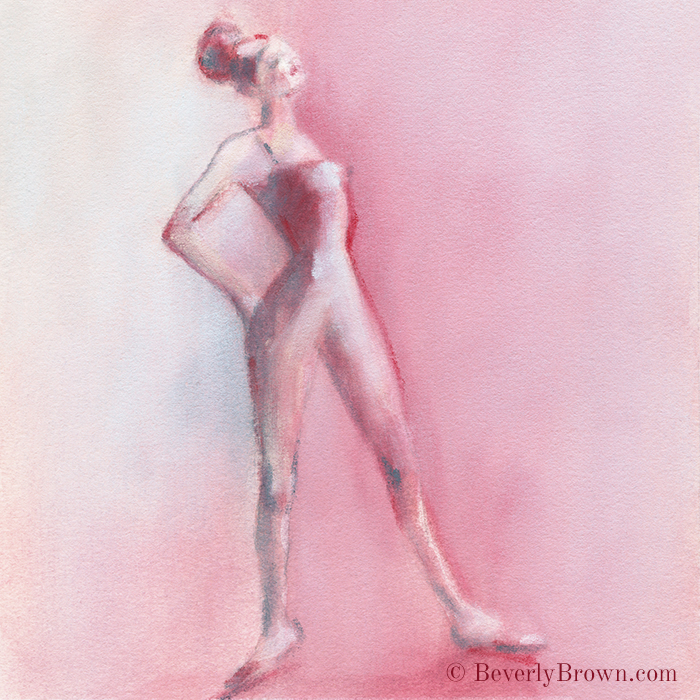
When you are not working on your artwork, what other interests do you have?
I’ve studied danced, in various forms, since I was a child, and dance remains an essential part of my world. After studying flamenco dance for many years, I recently returned to ballet, something I hadn’t done since my early 20s. I take class at Ballet Arts, a studio that is literally “old school” (founded in 1937), where we dance to live piano music. I love the tradition and ritual of class. The fleeting nature of dance is so poignant. It’s a metaphor for life.
I also like to cook. There’s something relaxing about getting into the kitchen at the end of the day and knowing that most likely I’ll produce something delicious. Making art doesn’t offer that kind of consistent gratification.
What are your artistic (and other) goals for the future?
My goal is to keep creating. It’s a privilege to be able to do this.
BEVERLY BROWN

